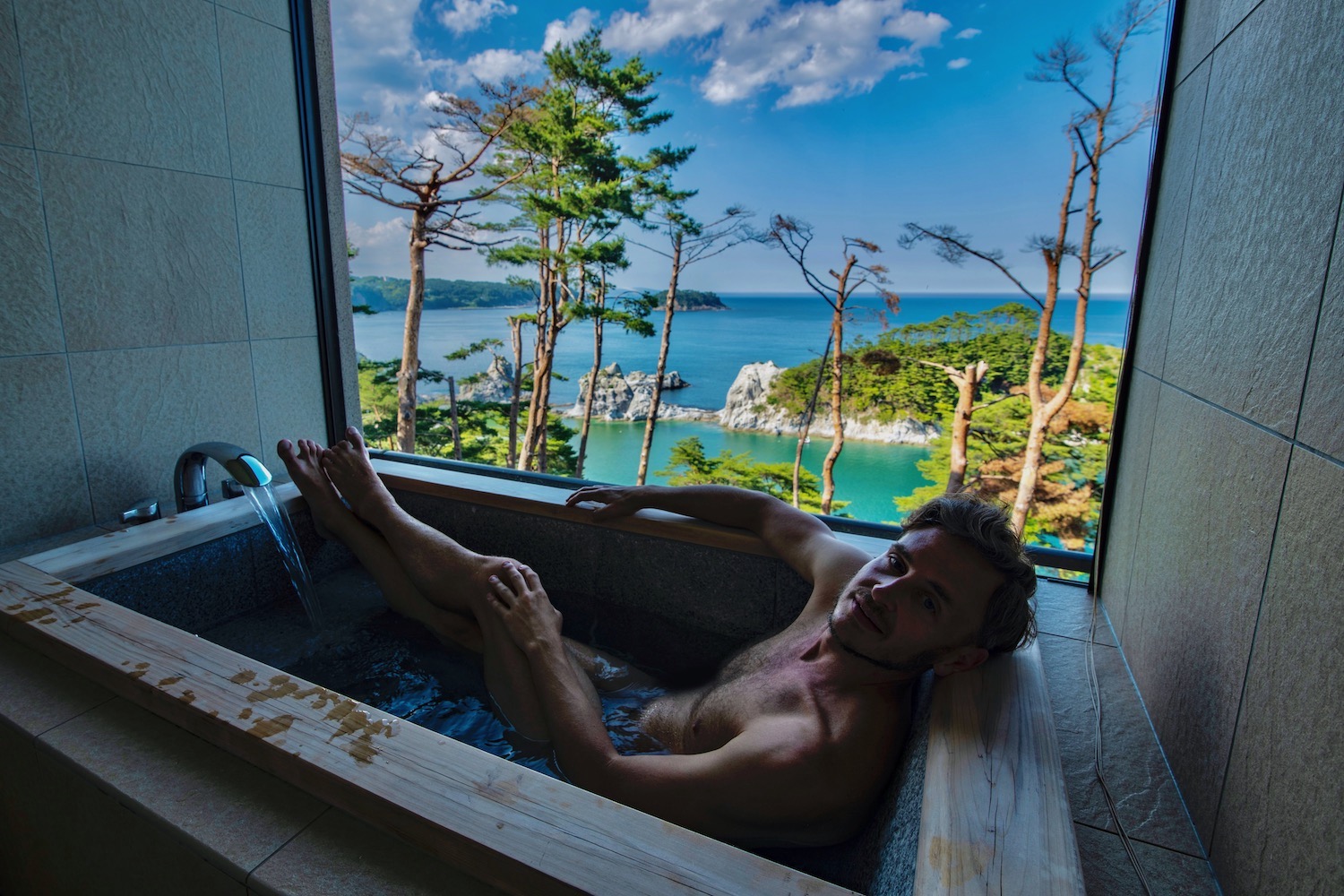The east coast of the modern Tohoku region, Sanriku is a part of Japan most foreigners don’t even know exists. Its name dates from the feudal period of Japan, when the country was divided into provinces.
Back then, the three prefectures that now comprise it—Aomori, Iwate and Miyagi—were the provinces of Rikuo, Rikuchu and Rikuzen. The three “rikus.” San-riku.
Places, of course, are more than their names, or even why they’re named as they are. And as you’ll see reading through my Sanriku Coast itinerary, this place might just be the most authentic, enticing region in Japan.
Sanriku Might Be the Most Authentic Place in Japan
I’ve long said that “overtourism” is a racist, classist myth—in Japan and elsewhere. However, if you want to avoid all semblance of crowds, Sanriku is a great place to head. I noticed this from my very first trips to Hachinohe in 2017 (admiring the under-repair Kabushima Shrine with literally no other humans in sight) and to Jodogahama Beach in 2021. How could I be almost alone at Japan’s most stunning shoreline? This latest trip, my most extensive exploration of the coast so far, was nothing short of transcendental.
I remember one particular chapter, where I happened upon a patch of wild irises amid a forest of twisting pine trees. To one side, an announcement blared out, warning of a bear sighting. To the other, the owner of a humble, local shokudo was putting out chum for seagulls so that the few photographers who were there could get good shots. This is the real Japan, I remember thinking, as I plotted the point on my nascent Sanriku Coast travel guide, and I’m in love.
Where to Go along the Sanriku Coast
Hachinohe and the Tanesashi Coast
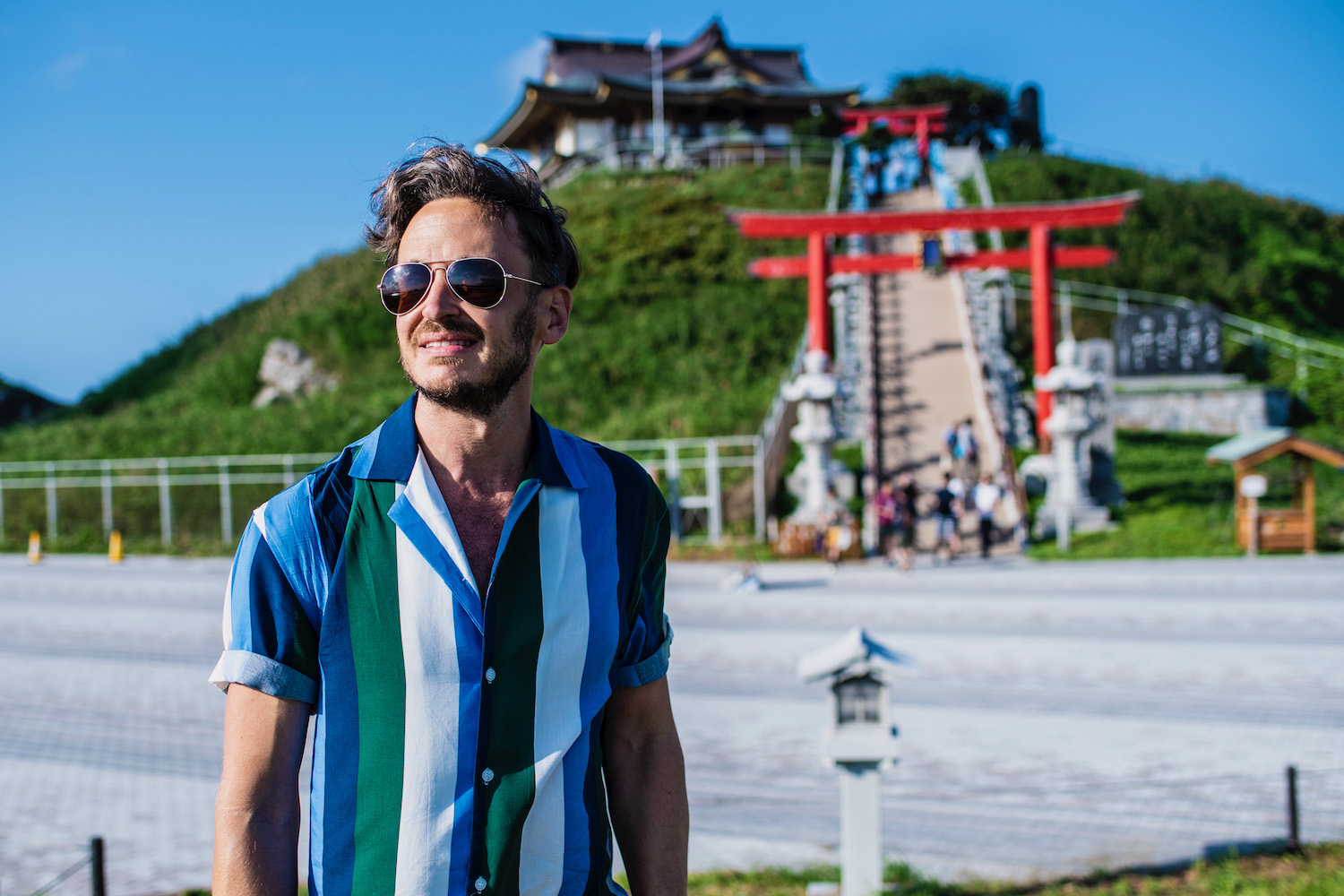



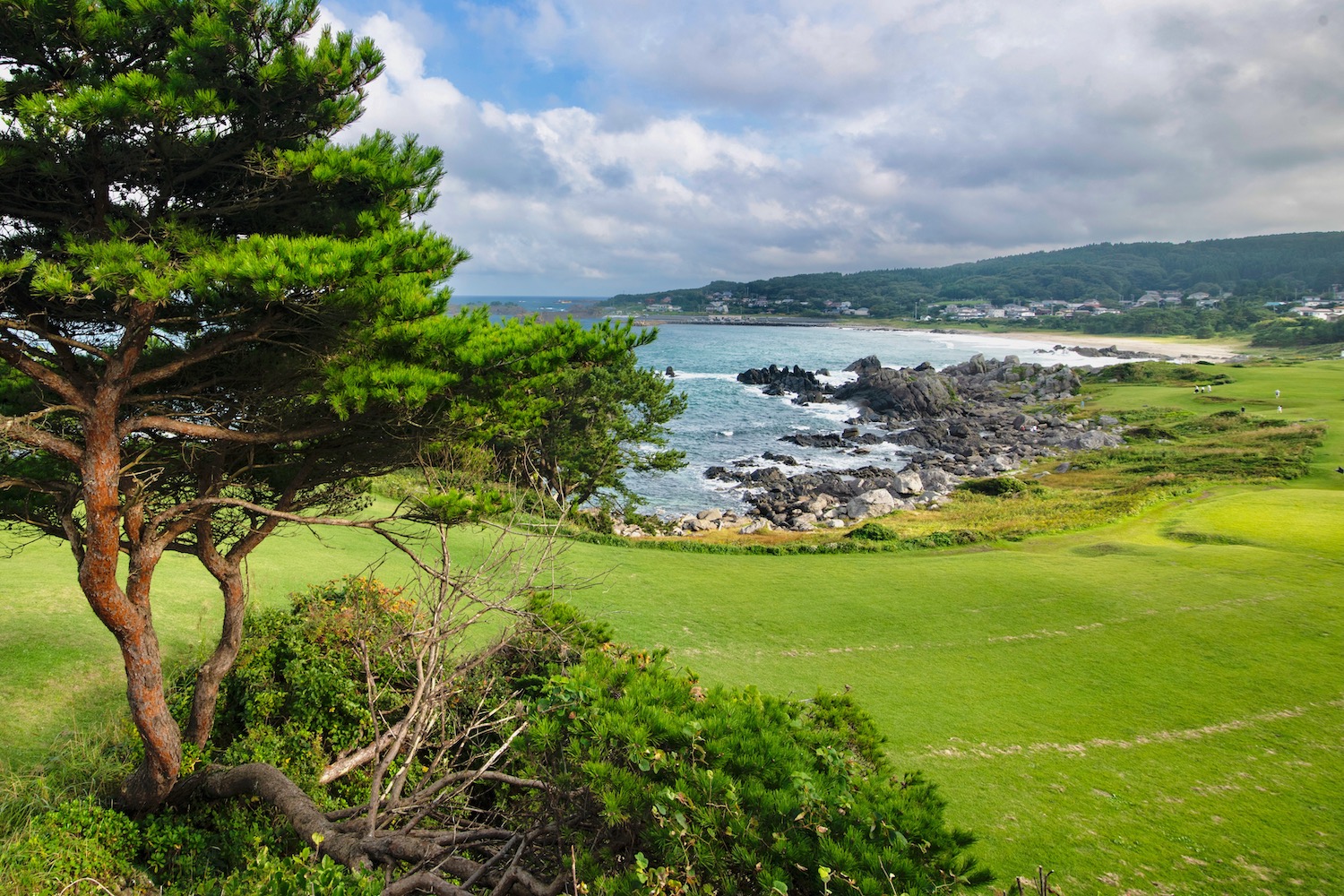
Hachinohe was the city where I heard “Sanriku” for the first time and is, at least spiritually, where the coast begins. Ironically, I find Kabushima Shrine (which is in Hachinohe City) to be a bit more compelling than the Tanesashi Coast just south of it, even though the latter is obviously more pristine. While in Hachinohe, I highly recommend touring sake breweries, as well as the superlative Hasshoku Center food market.
Kitayamazaki Cape
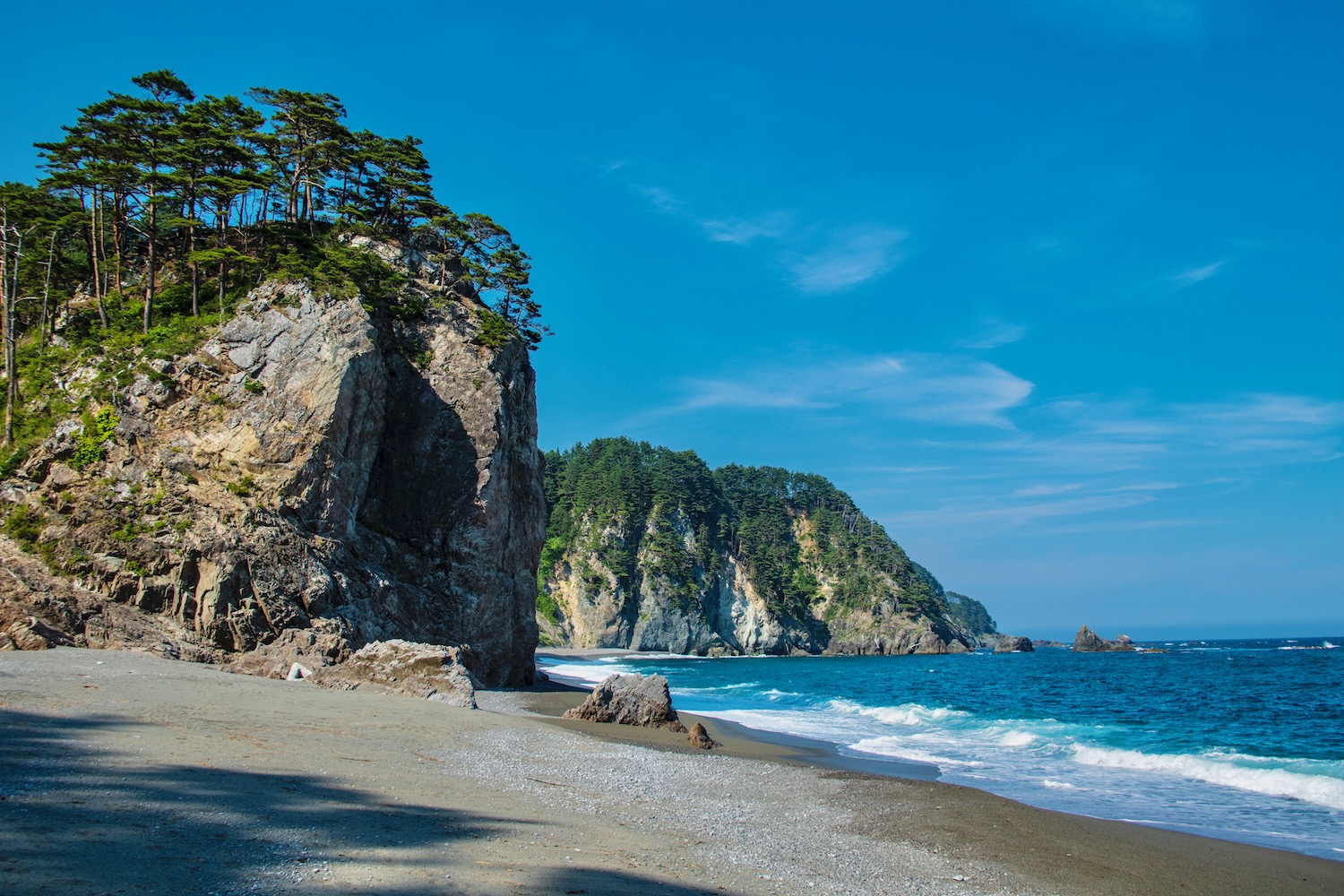



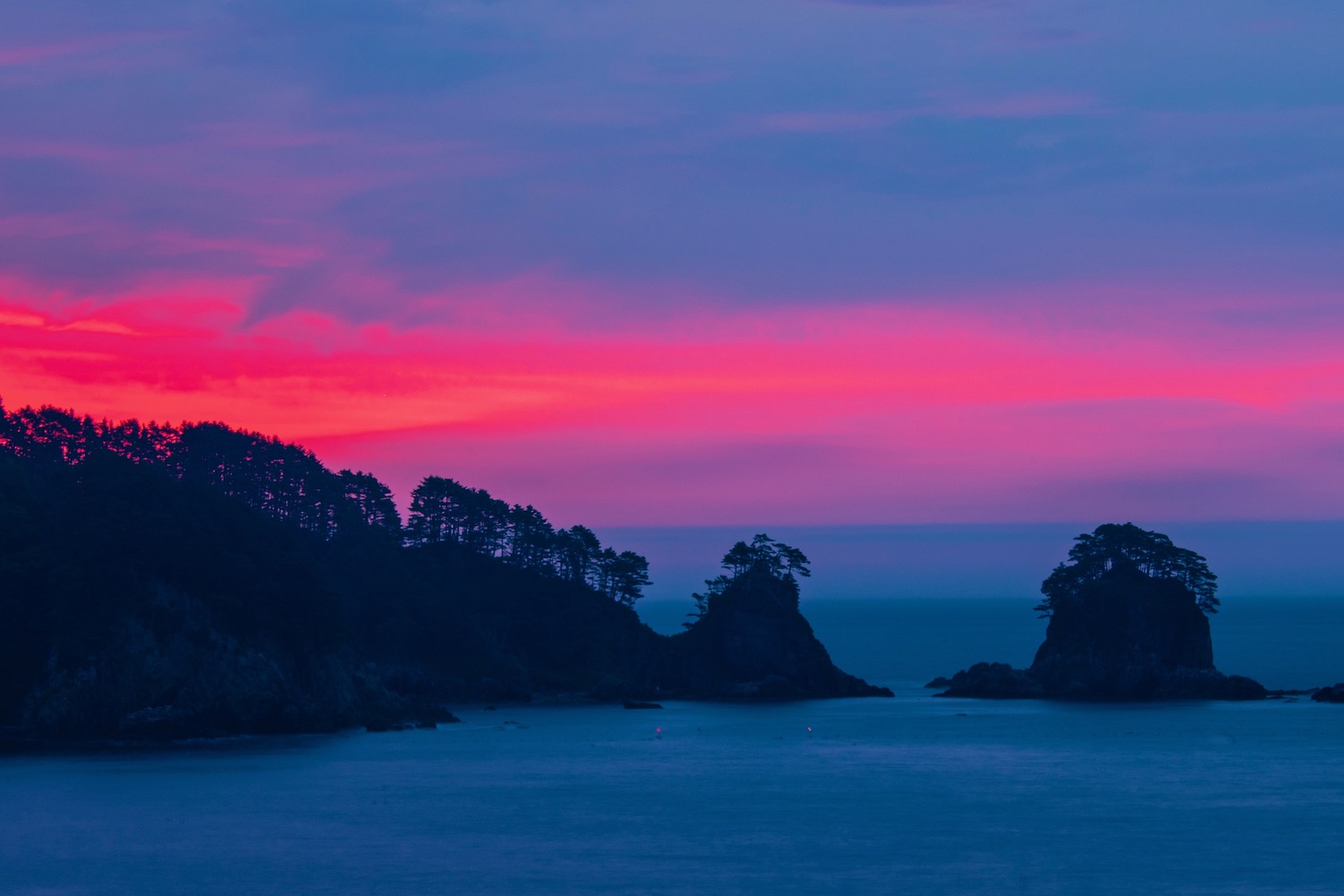
The next place you’ll see on your Sanriku Coast trip, assuming you go from north to south, is the Kitayamazaki Coast, as well as other scenery around the city of Tanohata. Some of these places are rather well-known and developed, such as the Unosu Cliff. Others, such as the Sawajiri Coast are barely on the map. Still others, like the half-collapsed Taro Kanko Hotel, are dark reminders of the tragedy that occurred here in 2011, but still necessary to visit.
Jodogahama and Miyako
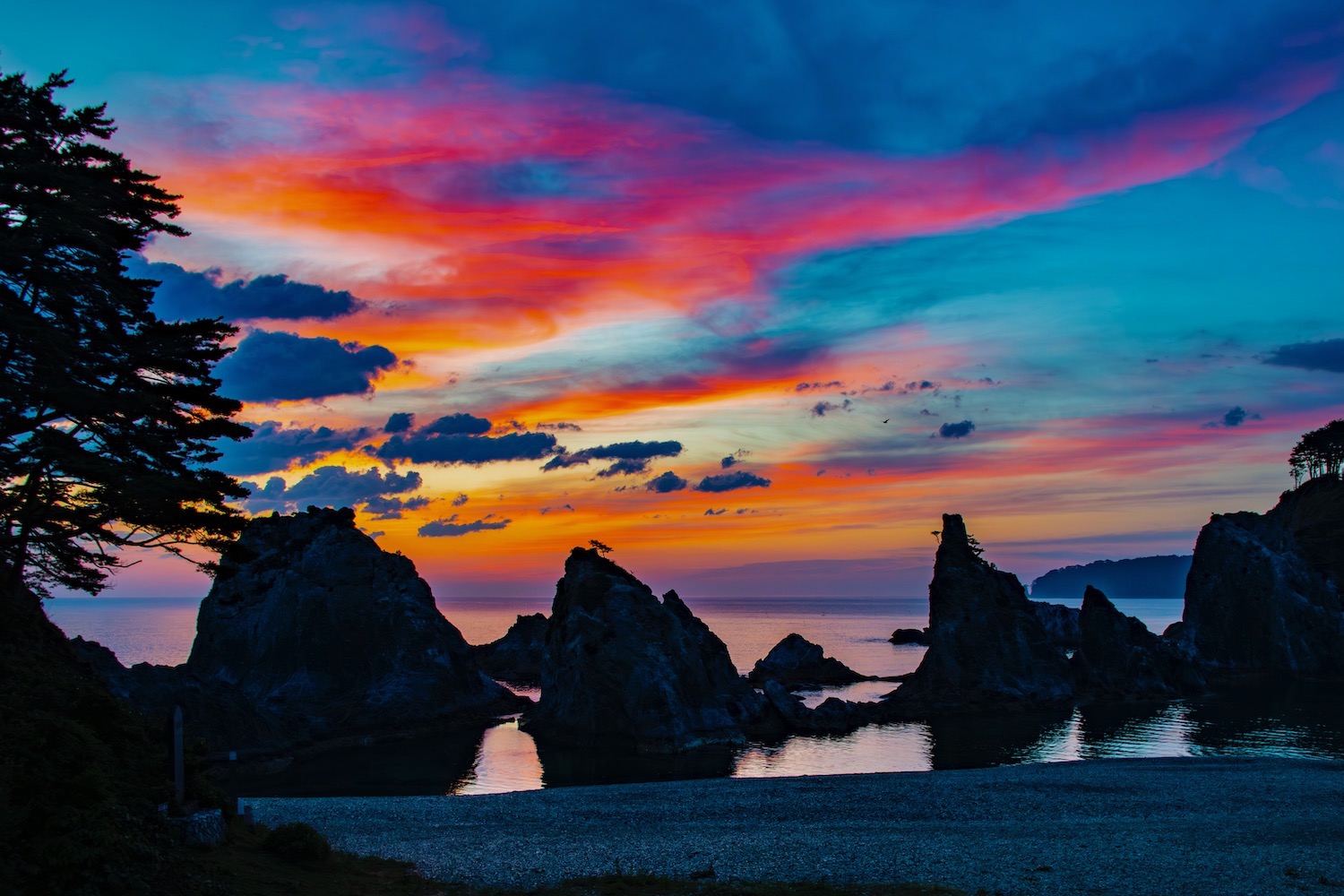



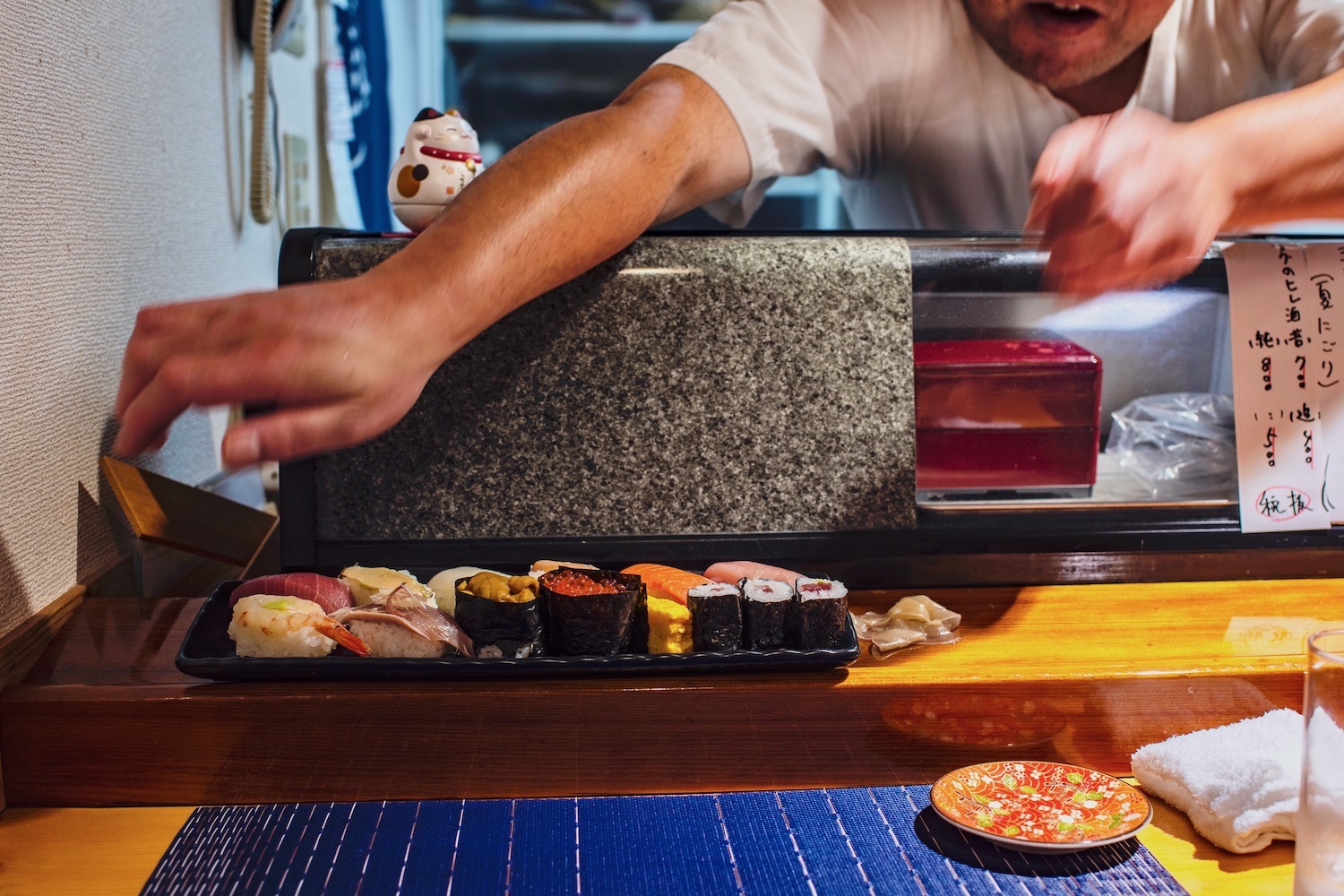
If there’s anywhere “famous” in this decidedly off-the-beaten-path destination, it’s Jodogahama Beach near the city of Miyako. Miyako was probably the worst-hit among major cities in Japan during the 2011 tsunami, which makes how intact its center is all the more impressive. On the other hand, while the Miyako Fish Market is very much worth a visit, I do enjoy road-tripping southward from Miyako to to steel city of Kamaishi (and its impressive Daikannon statue), as well as inland to Ryusendo Cave.
Goishi Coast
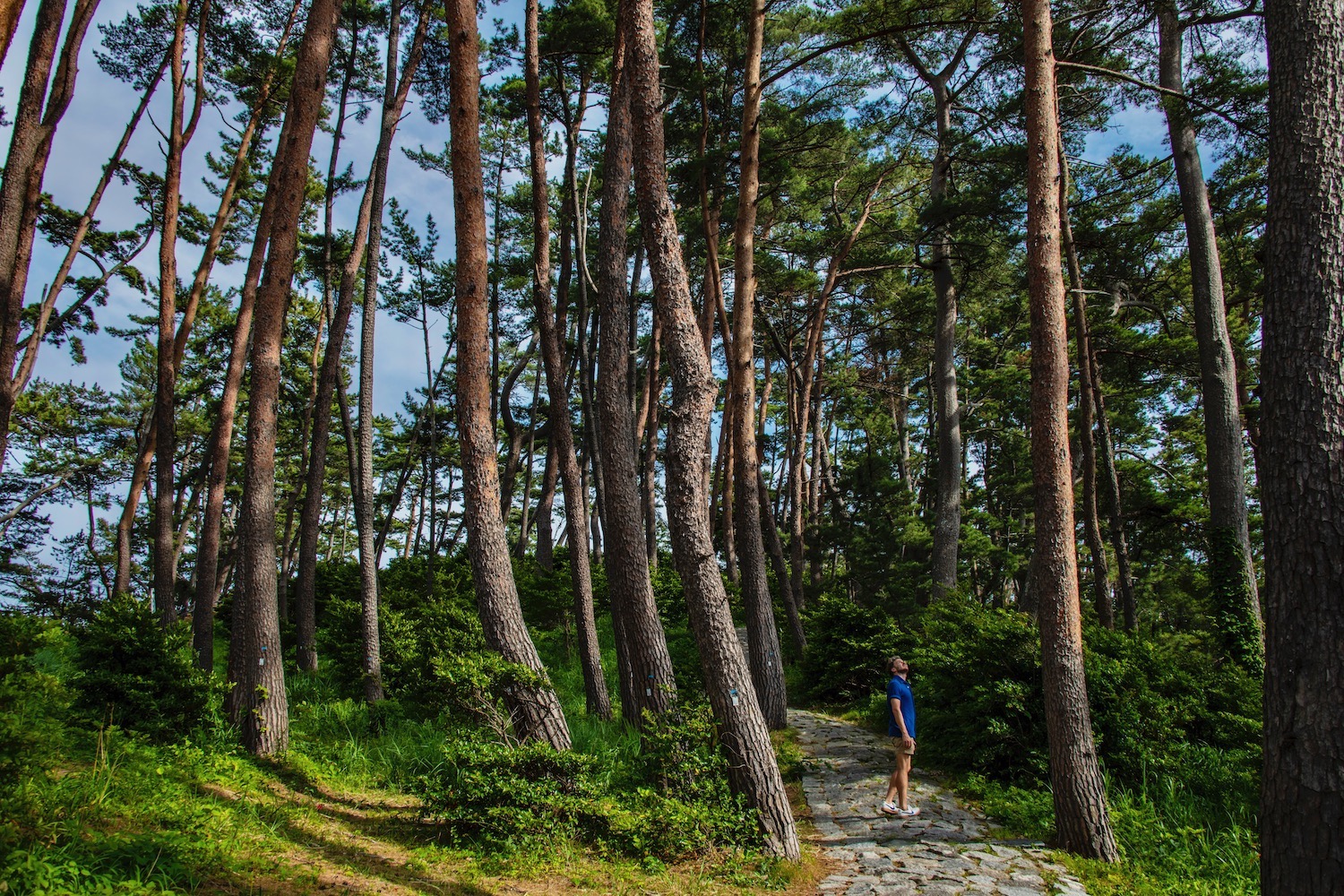



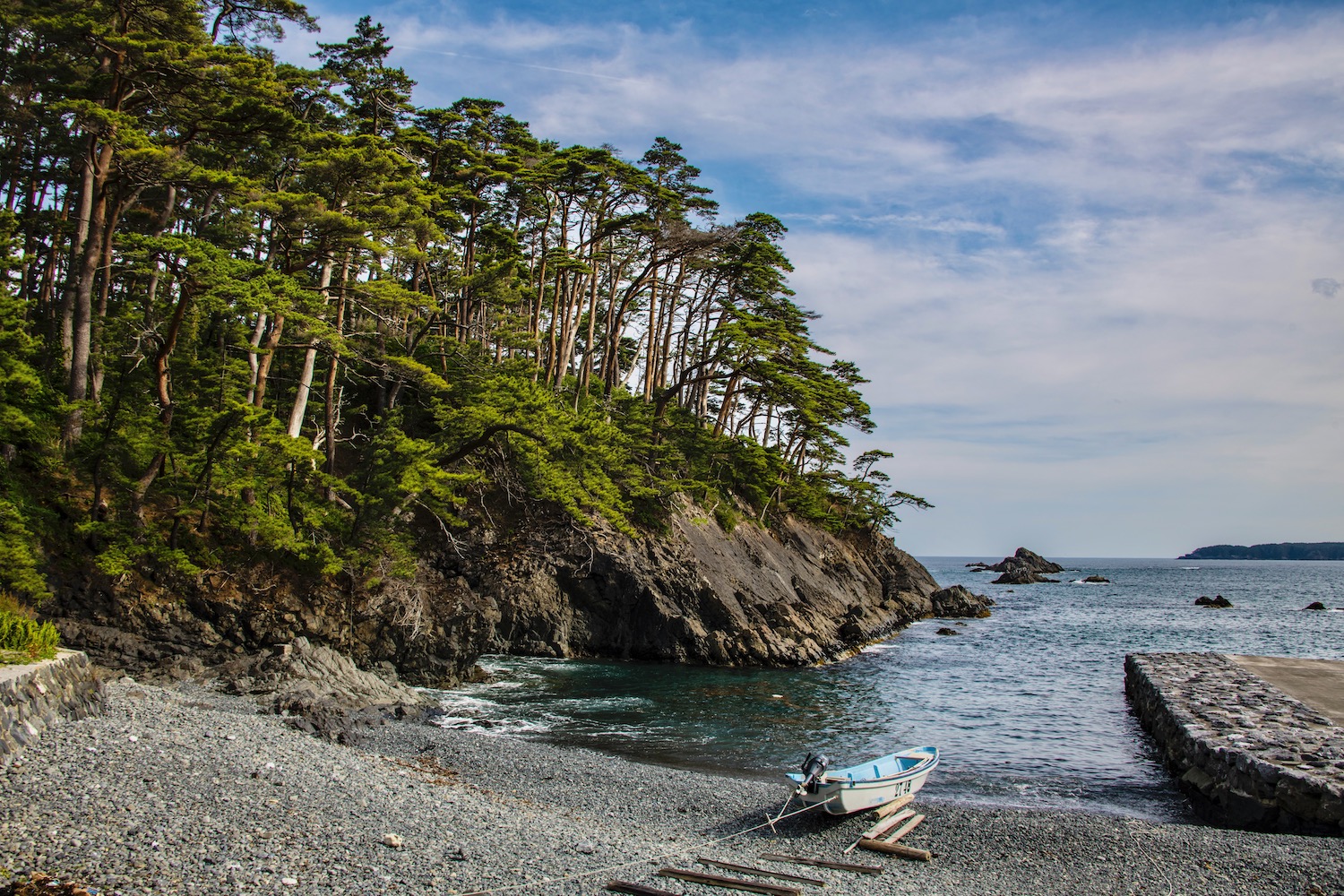
Heading further south to continue our Sanriku itinerary takes you to the Goishi Coast. On one hand, the scenery you find here isn’t markedly more impressive than what you see anywhere else. On the other hand, both the atmosphere—this is where the iris/bear story I recounted earlier took place—and the context make it stand out. In particular, it’s right up the road from the Iwate Tsunami Memorial Museum in Rikuzentakata, which is probably the best single place where you can learn about the great wave (and those that occurred in the past as well).
Ishinomaki and Cat Island
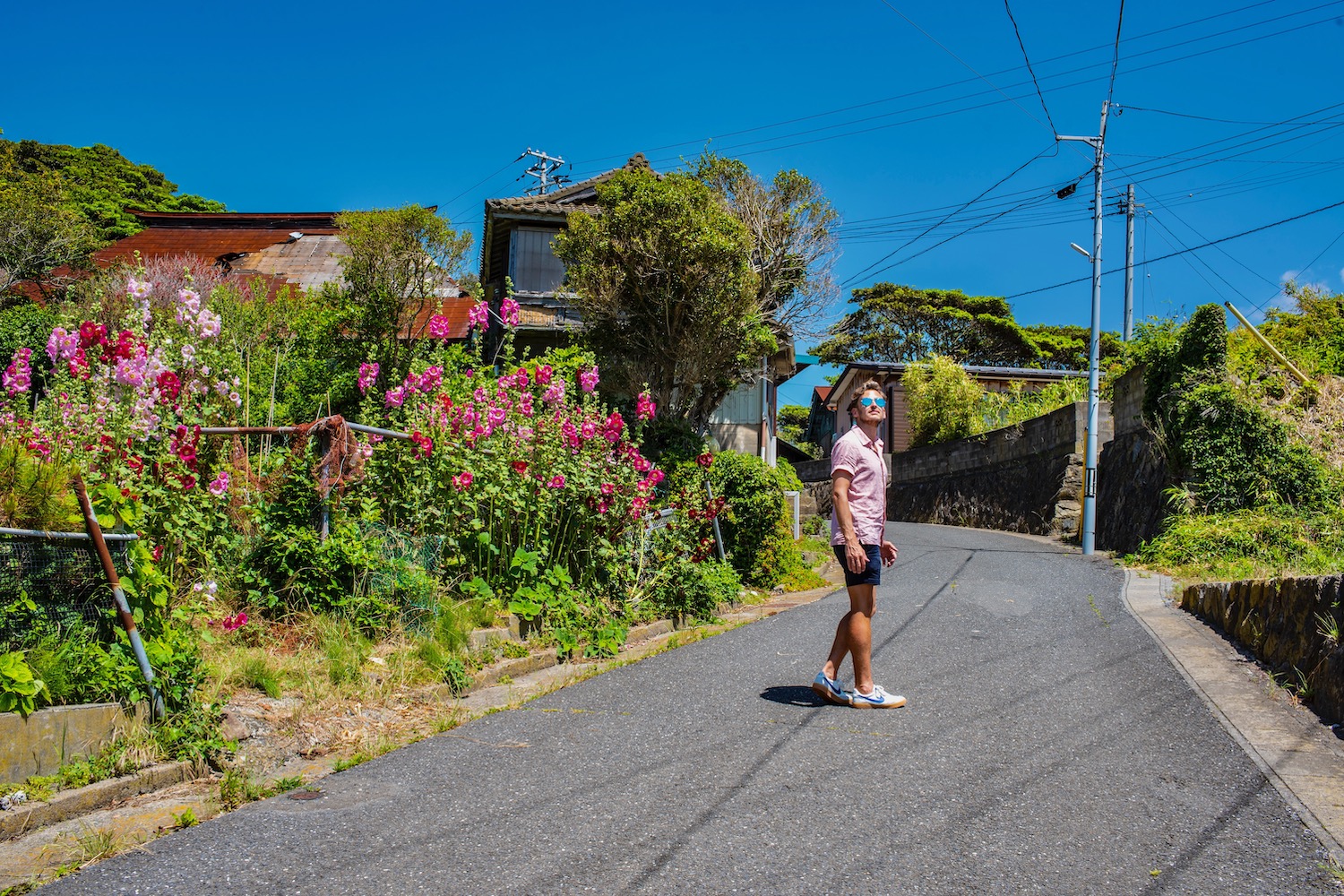



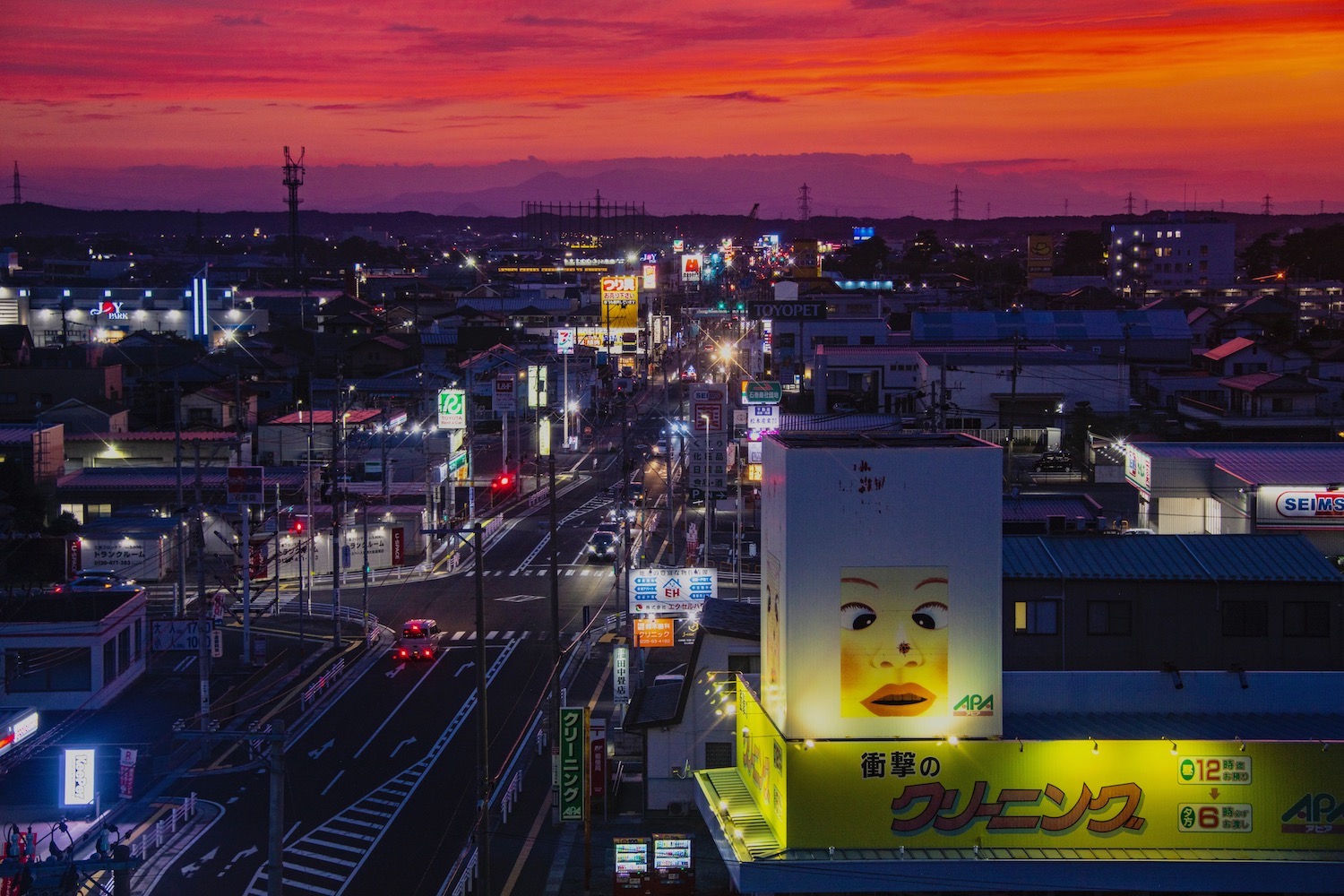
Another haunting (if sad) place you must visit? Driving southward from Iwate prefecture into Miyagi, the Okawa Elementary School. Past this point, of course, it isn’t all tears. In Ishinomaki, which according to its own tsunami museum was “a perfectly nice town” before the tragedy (and still is), you can geek out the Ishinomori Manga Museum. You can also take day trips from here to cat-filled Tashirojima island, or to Matsushima, known as one of Japan’s “three great scenic views.”
Where to Base Yourself in Sanriku
Many Sanriku Coast hotels leave something to be desired, though there are exceptions. Hotel Ragaso, in Tanohata, offers a great view of the surrounding coastline—and, notably, it survived the tsunami. It could use a renovation (or five), but I feel sentimentally toward it. Jodogahama Park Hotel, meanwhile, was once a legitimate luxury hotel, and still has a five-star view even though its rooms (and service) are outdated.
Much further down the coast, in Matsushima, Hotel Taikanso offers an absolutely astonishing view of its namesake landmark. This is particularly useful if you think you might be able to wake up for Matsushima’s famous sunrise. Which, as a reminder, occurs extremely early during the summer—I’m talking about 4 am or even earlier!
Other FAQ About Your Sanriku Coast Trip
Why is it called Sanriku?
The name Sanriku derives from the three (san) provinces of Rikuzen, Rikuchu and Rikuo, which correspond roughly to modern Miyagi, Iwate and Aomori prefectures. In other words, it literally means “three provinces with riku in their names”!
Where is the Sanriku Coast?
The Sanriku Coast comprises the east coasts of Aomori, Iwate and Miyagi prefectures in the Tohoku region of northeastern Japan. In the popular imagination, the Sanriku Coast is known for having been the part of Japan worst affected by the 2011 earthquake and tsunami.
Is the Sanriku Coast worth visiting?
I don’t exaggerate when I say this: The Sanriku Coast is maybe the most authentic place in Japan, and is certainly among the most enjoyable places in the country. You definitely won’t have to contend with crowds of tourists (foreign or Japanese) as you explore, either, allowing you to get to know the region at your own pace.
The Bottom Line
I hope my Sanriku Coast itinerary has inspired you to visit this endlessly inspiring coastal region of Japan. Contrary to its modern legacy of tragedy, Sanriku has a long, rich and triumphant history to match its landscape, which evokes a classical Japanese painting. When you’re not dining on seafood from one of the only places in the world where three ocean currents meet, reflect on both this region’s turbulent geologic past, as well as the uncommon resilience among the people who’ve chosen to live here for millennia in spite of it. Bring your Sanriku trip to life when you hire me to plan it.



